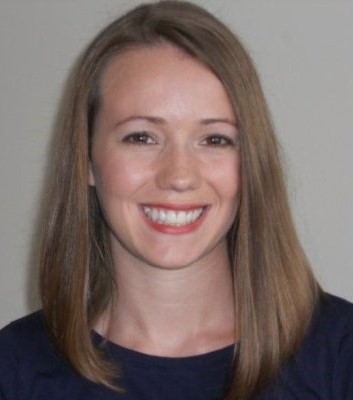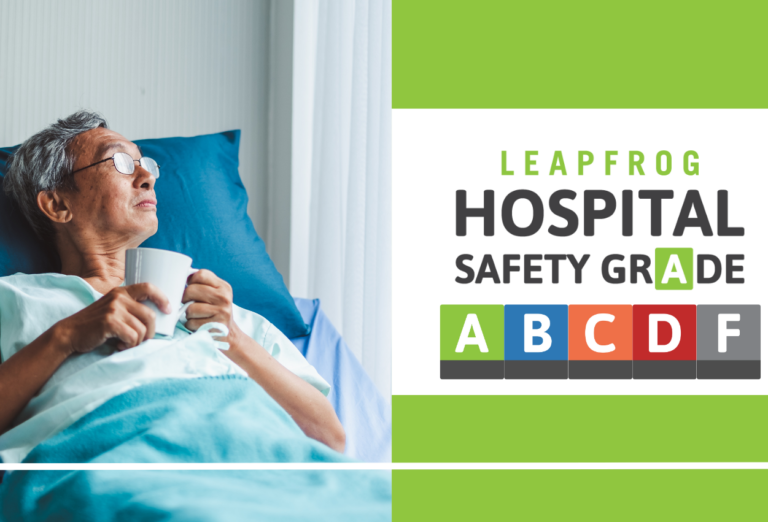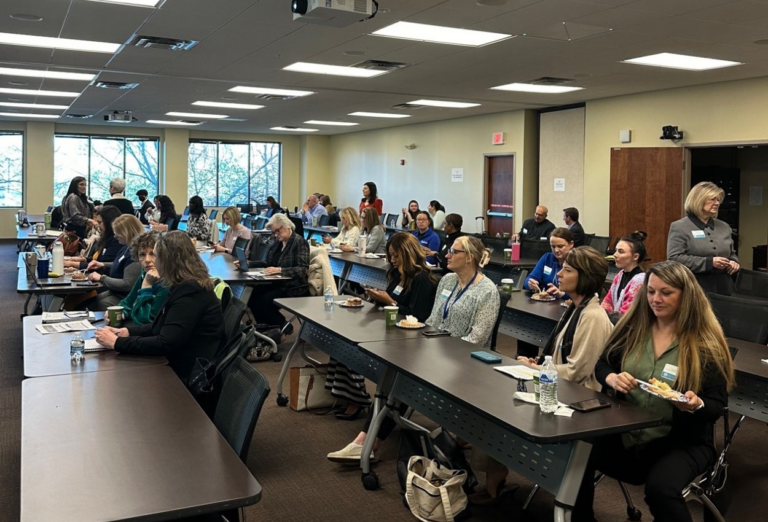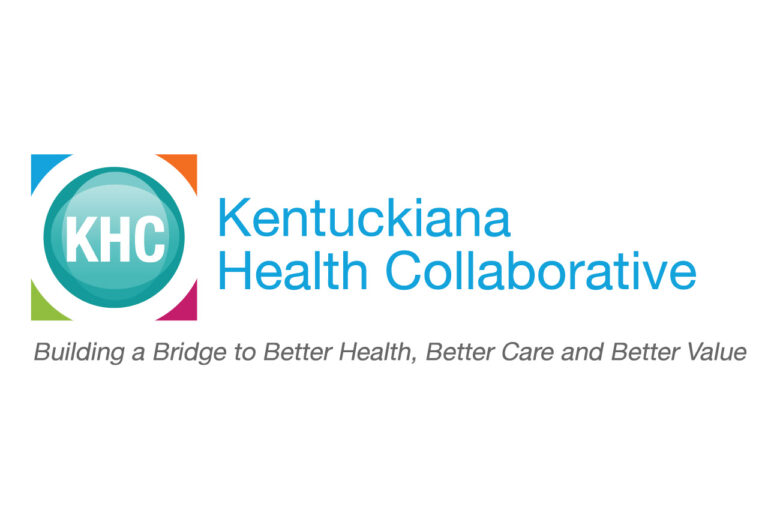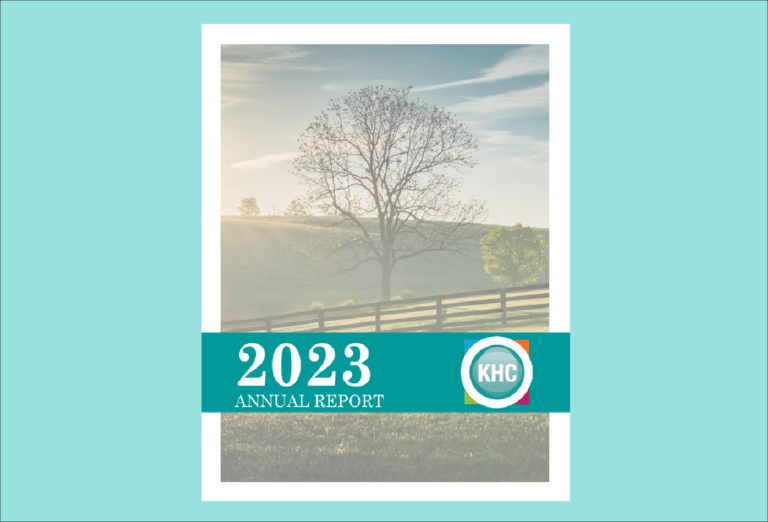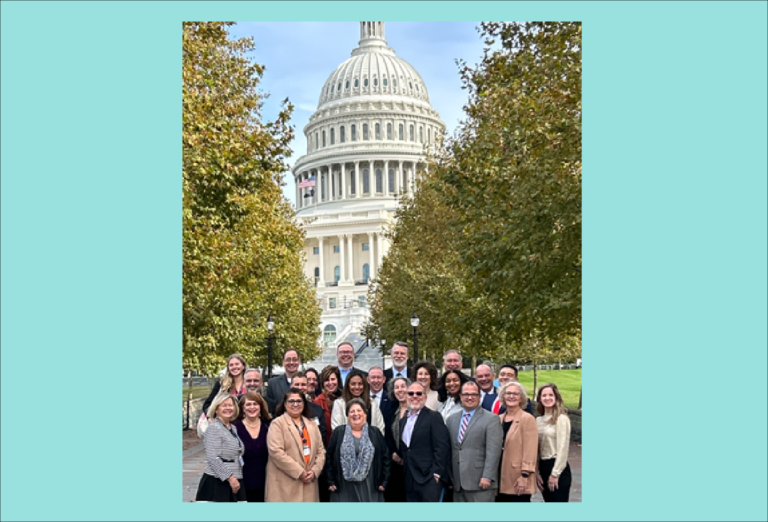
The KHC has recently embarked on efforts to contribute to the battle against the opioid epidemic on multiple fronts, including participating in the creation of Louisville Metro Department of Public Health and Wellness’ city addiction response plan; making the focus of our annual conference on connecting behavioral and physical health (including addiction treatment strategies); adding Initiation and Engagement of Alcohol and Other Drug Dependence Treatment (IET) to our yearly reports; and joining a national, 40-member opioid action team.
Last week, I spent most of my week working on opioid-related efforts, coming away with an overwhelming amount of information about initiatives that are happening at the local and national level. I want to share some of the themes of the week’s conversation at the in-person forum in Washington, D.C., and at the Employers’ Forum of Indiana in Indianapolis, IN.
National Quality Partners Opioid Stewardship In-Person Forum
National Quality Forum (NQF) has put together a 40-member Opioid Stewardship Action Team, comprised of organizations from across the country, to identify strategies and tactics for opioid addiction prevention and collaborate to accelerate and amplify current efforts going on across the country.
The Action Team, which includes KHC, gathered in Washington for an all-day summit that included presentations and workgroups to provide practical guidance to advance opioid stewardship, identification of barriers for successful implementation of opioid solutions, and discussion of alignment and action on policy levels and measurement approaches to support opioid stewardship.
One of the more interesting discussions of the day was a presentation given by Dr. Rachel Levine, Acting Secretary of Health and Physician General for the Commonwealth of Pennsylvania, which outlined Pennsylvania’s response to the opioid epidemic. Their efforts include working with medical schools on education of students, provider education through continuing education credits, expanding naloxone access, focus on “warm hand off” to treatment, and more. Particularly interesting is the “warm hand off” program, where the state is implementing a warm hand-off process to help overdose survivors who appear in emergency departments (ED) to receive counseling and a doctor’s referral to be transferred directly from the ED to a drug treatment facility.
The rest of the day was spent in small group settings to tackle various aspect of the playbook that is being developed to identify strategies for prevention. I attended discussions on Tracking, Monitoring, and Reporting and Community Collaboration. In these discussions, we worked on more of the elements that will end up in the playbook. There were a few themes that emerged in many conversations throughout the day, including getting more real-time data that can help identify those at risk of dependence before they become dependent. Much of the Community Collaboration discussion was around coordinating the efforts of multiple organizations in the community to prevent duplication of efforts and streamline solutions. There was a lot of emphasis on promoting pain management techniques other than opioids (physical therapy, meditation, etc.), instead of making opioid prescriptions the first line of defense. It was agreed that even using the word “alternative” to describe these treatment options makes opioids sound like the default method of treatment, which might not always be the appropriate default treatment method. There was a lot of focus on using return on investment information to help drive efforts and track their efficacy.
In January, the strategies we identified at last week’s forum will be incorporated into an initial draft of the playbook. There will be an open comment period, and by March, the playbook will be released. We will continue to provide updates on this project.
Employers’ Forum of Indiana
The other event I attended last week related to opioid response was the Employers’ Forum of Indiana All-Stakeholders Meeting. The Employers’ Forum was kind enough to invite me to attend the event, which was focused on opioid efforts, because of my interest in the subject. The afternoon’s agenda included presentations (slides can be found here) about multiple efforts going on in the Hoosier State.
Justin Phillips, whose career background was in preventing unintentional injuries and deaths, founded Overdose Lifeline after the overdose death of her son in 2013. Overdose Lifeline, based in Indianapolis, provides support in many ways. Much of Phillips’ presentation last week focused on the organization’s harm reduction efforts, including the passing of Aaron’s Law, named after Phillips’ son, which allows for layperson access to opioid overdose reversal medication naxolone. Overdose Lifeline also provides training and equips first responder personnel with naloxone across the state of Indiana. To date, the organization has trained 263 law enforcement and fire departments and distributed more than 9,000 intranasal single dose naloxone kits.
Indiana also has received technical assistants from The Pew Charitable Trusts, which works with states to create framework for an effective substance use disorder treatment system tailored to each state. At no cost to the state, Pew works with each state for 12 to 14 months. They identify gaps in a state’s treatment system, develop a consensus package of evidence-based policy solutions, and enact policy changes.
The day finished with a presentation from Dr. Jen Walthall, Secretary of Indiana Family and Social Services Administration, who outlined the state’s efforts to address the opioid crisis. As she mentioned, many of the Pew’s suggested solutions for Indiana were things the state was already working on, which Walthall said was reassuring, knowing that Indiana was going in the correct direction. Indiana’s efforts include collecting data (and making it available to the public via an open source data hub), multiple programs through $10.9 million in 21st Century Cures grants, a Medicaid waiver to expand recovery support efforts, creating of a toolkit, and partnerships with law enforcement, faith-based communities, elected officials, and more.
Conclusions
It was an intense week, diving deeply into opioid strategies from all angles and really studying the impact of opioids locally and across the country. Although I knew that each state was working on this to some extent, there is a lot more going on – and much more advanced – than I originally was aware of. The pieces to effectively tacking the opioid crisis are there. We just need to start putting them together.
